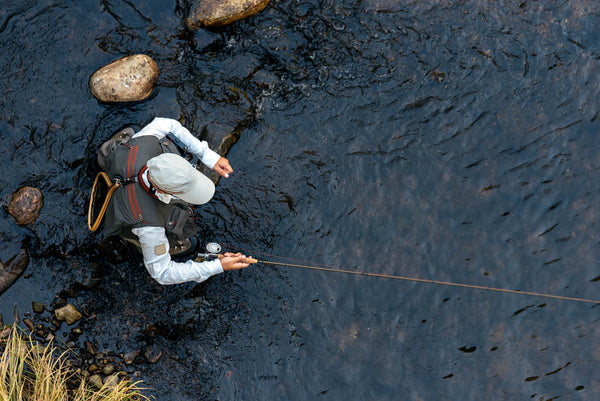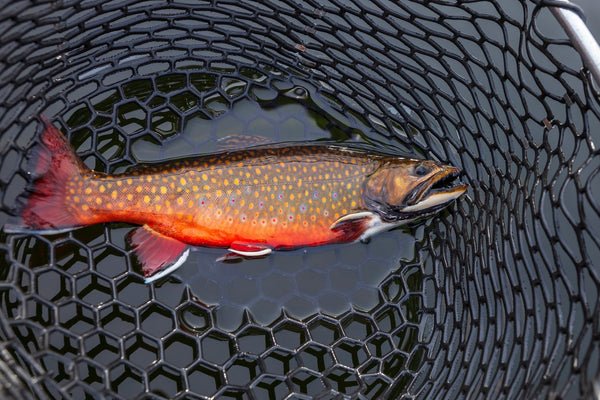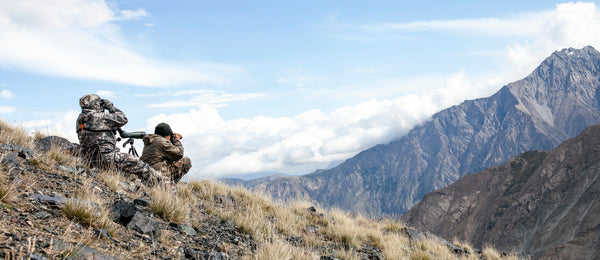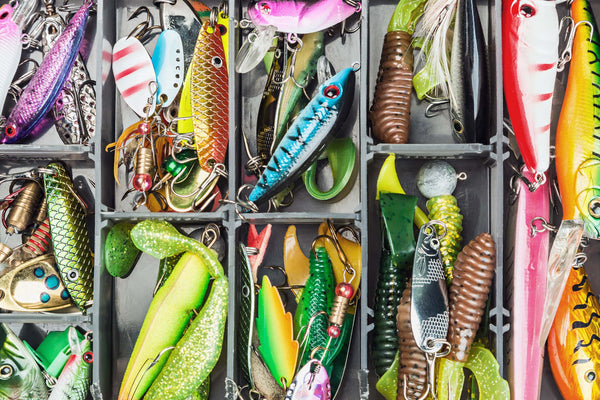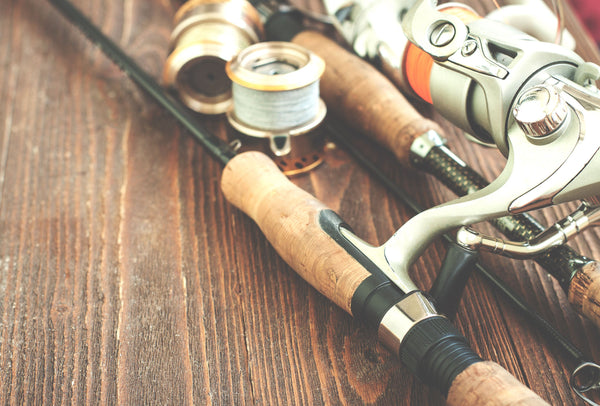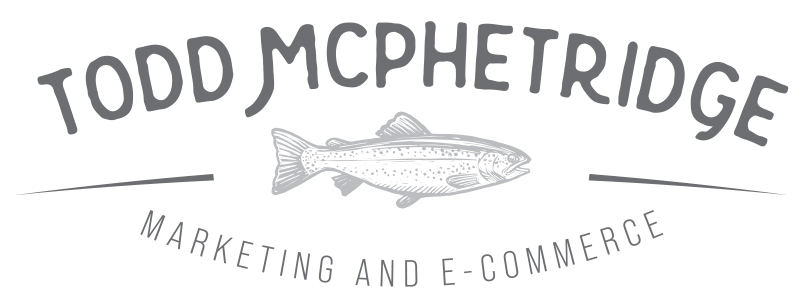Content Marketing for Outdoor Industry SEO Success
How Quality Content Strengthens Visibility and Builds Trust
Within the outdoor industry, competition for attention is intense. Whether your business focuses on RV sales, fishing charters, hunting gear, ATVs, or luxury lodges, ranking well in search results can determine how consistently new customers discover your brand. Content marketing serves as the bridge between your expertise and your audience, helping you attract qualified visitors, improve SEO performance, and establish long-term authority.
This guide explains how content marketing contributes to SEO success for outdoor brands and offers practical steps to help you develop an effective strategy.
What Is Content Marketing?
Content marketing involves publishing valuable, consistent material that educates or inspires your audience while strengthening your visibility in search engines. In the outdoor sector, this means creating content that aligns with the lifestyle, values, and interests of your customers, whether they are anglers, hunters, campers, or travelers.
Successful content marketing extends beyond blog posts. It may include videos, guides, infographics, and destination spotlights that each contribute to improved engagement and organic reach.
How Content Marketing Improves SEO Performance
Increases Keyword Rankings
Well-written, informative content optimized for specific keywords helps your website appear higher in search results. For example, an outdoor outfitter might write an article titled “Top Hunting Boots for Cold Weather” targeting phrases such as “best insulated hunting boots.”
Generates Backlinks
High-quality content naturally attracts backlinks from other websites and blogs. These links act as endorsements, signaling to search engines that your site is a trusted and authoritative source of information.
Enhances User Engagement
Engaging content keeps visitors on your site longer and encourages them to explore related pages. This improved dwell time strengthens SEO signals and increases the chance of a sale or booking.
Supports Local Search Visibility
For businesses with physical locations or defined service areas, location-focused content is essential. A fishing lodge might publish “Best Fly Fishing Spots in Colorado” to capture regional traffic and attract travelers searching nearby.
Establishes Brand Authority
Consistently producing helpful and accurate information positions your business as a knowledgeable leader in the outdoor community. Over time, this authority translates into trust, referrals, and repeat customers.
Effective Content Formats for Outdoor Brands
Blog Articles
Regular blog posts can answer common questions and drive targeted traffic. Examples include:
- “Five Must-Have Accessories for Backcountry Camping”
- “How to Choose the Right Binoculars for Bird Watching”
How-To Guides
Instructional content establishes authority and delivers practical value to your readers. Examples include:
- “A Beginner’s Guide to Selecting the Right Bow for Hunting”
- “Step-by-Step Guide to Setting Up a Family Campsite”
Video Content
Videos are engaging and easily shared across multiple platforms. Consider producing tutorials, interviews, or behind-the-scenes clips. Examples include:
- “Preparing for Your First Elk Hunt”
- “A Day on the Water with Our Fishing Guides”
Infographics
Infographics simplify data or processes into visual storytelling. For example:
- “The Ultimate Packing List for an RV Adventure”
- “Seasonal Fishing Tips for Every Climate Zone”
Destination Features
Destination-driven content helps attract travelers and searchers researching outdoor trips. Examples include:
- “The Best Hiking Trails in the Smoky Mountains”
- “Top National Parks for Family Camping Vacations”
Tips for a Strong Outdoor Content Strategy
Conduct Thorough Keyword Research
Start by identifying search terms your audience uses. Use keyword tools like Ahrefs, SEMrush, or Google Keyword Planner to find phrases such as “fly fishing trips near me” or “best camping gear for beginners.” Prioritize topics that balance search volume with achievable competition.
Align Content with Customer Interests
Understand the needs and motivations of your audience. Create resources for different experience levels and purposes. For example:
- Beginners may search for “how to start fly fishing.”
- Experienced users may look for “advanced bowhunting techniques.”
Optimize for Search Engines
Include target keywords naturally within headings, paragraphs, and image alt text. Structure your pages with logical hierarchy and ensure metadata accurately describes the topic. Internal links should connect related articles and improve navigation.
Promote Your Content Across Channels
Publishing content alone is not enough. Share it across email newsletters, social media, and partner websites. Collaborate with outdoor influencers or associations to expand reach and generate backlinks.
Measure and Refine
Track key performance indicators such as organic traffic, average session duration, and conversions. Identify which topics attract engagement and adjust your strategy to focus on what performs best.
Building a Consistent Content Marketing Framework
Successful outdoor brands treat content marketing as a long-term commitment. It requires consistent publishing, data review, and ongoing refinement. Over time, a library of well-optimized content becomes a valuable asset that continuously drives organic visibility and customer trust.
To learn how structured content marketing can strengthen your search presence, visit Marketing for the Outdoor Industry for consulting services tailored to outdoor brands seeking measurable growth.







